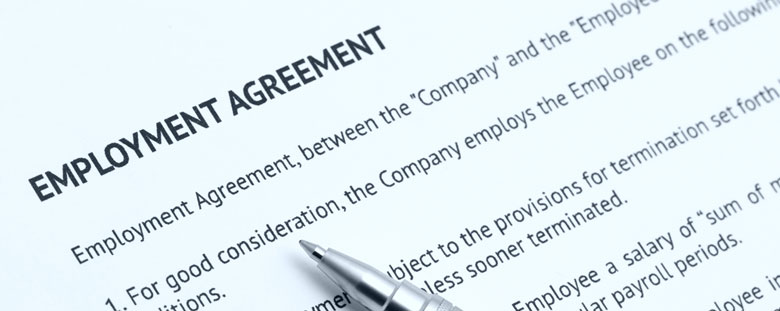When London based receptionist Nicola Thorp was sent home from work for refusing to wear high heels to work, the media and general public shared in her outrage. Her employer, outsourcing firm Portico quickly released a statement to confirm that they had reviewed their policy and female employees would be permitted to wear plain flat shoes in future.
Workplace dress codes can be a headache for some employers and the law isn’t always clear as to what is expected of them. Whilst there is no legislation specifically governing dress codes in the workplace, the Equality Act 2010 is of utmost importance here.
At the heart of the Equality Act is the prohibition that an individual must not be treated less favourably on the grounds of their age, gender, race, religious belief, disability, sexual orientation, marital status or pregnancy. These attributes are known as ‘protected characteristics’. The majority of cases brought against employers concerning dress code are done so under the provisions of the Equality Act and on the basis that a person has been discriminated against.
Although Miss Thorp has not initiated legal action against Portico, her complaint is that the company’s actions were discriminatory on the grounds of her gender. When she made this accusation to the supervisor who later sent her home, Miss Thorp alleges that she was laughed at.
In bringing claim of direct discrimination against an employer, the employee must show that the act was discriminatory on the grounds of a protected characteristic and that the employee was subject to a detriment as a result of the discrimination. In the case of Miss Thorp, it is clear that to be sent home from work without pay is a detriment.
The legal position on dress codes is that if restrictions on dress codes are imposed to an equal degree on both men and women, there is unlikely to be a finding of discrimination. However where a dress code is enforced for one sex but not another, or where a dress code is more stringent for one gender than another, there is likely to be a finding of discrimination.
The overarching requirement is that employers treat employees of different sexes equally when it come to dress codes. In the leading case, it was held that the when hearing a case of discrimination regarding workplace dress codes, a tribunal should consider the employer’s clothing rules as a whole rather than garment by garment, and assess whether the general effect of the rules are more restrictive for one sex than the other.
If as an employer, you find yourself facing a discrimination accusation call our team of employment law specialists on 01616 966 229.
By Michelle Tilley, Graduate Paralegal



Comments